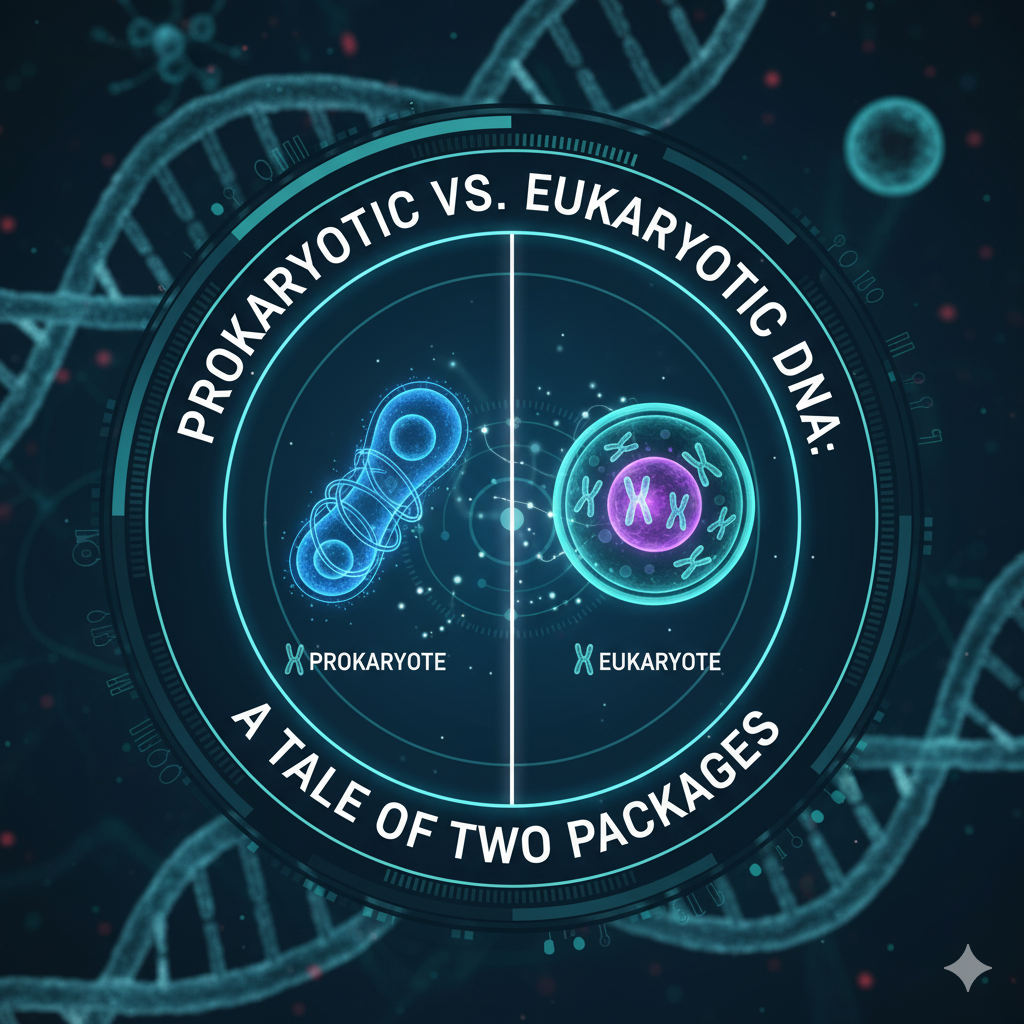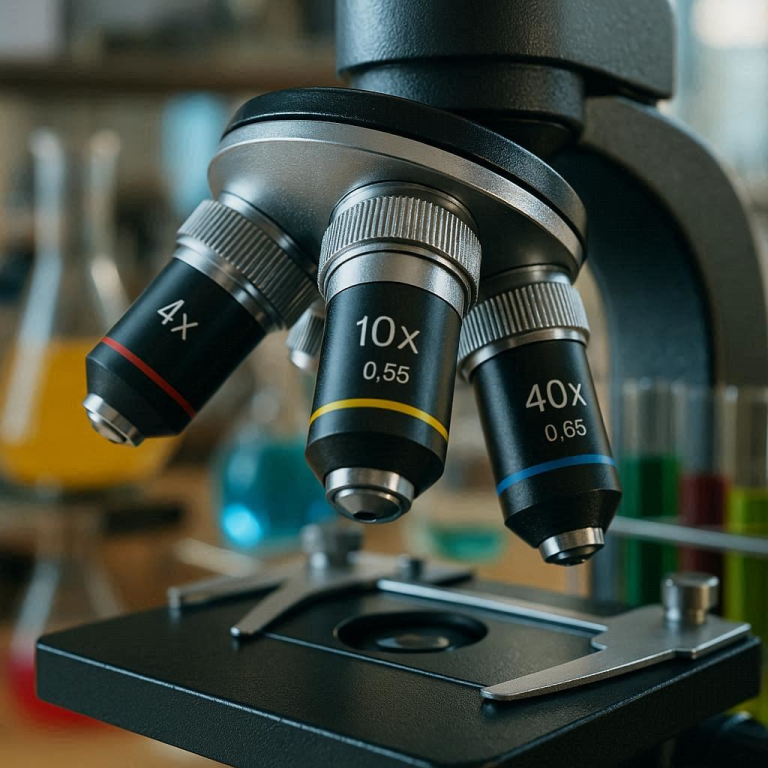Prokaryotic vs. Eukaryotic DNA: A Tale of Two Packages?
The packaging of genetic material represents a fundamental divergence between the simple prokaryotic cell and the complex eukaryotic cell. In prokaryotes, such as bacteria and archaea, the DNA molecule is typically a single, circular chromosome that resides in a region of the cell called the nucleoid, which lacks a surrounding membrane. This bacterial chromosome is highly compacted through a process known as supercoiling, where the double helix twists upon itself like a coiled telephone cord. This supercoiling is organized and maintained by enzymes called topoisomerases, with DNA gyrase being a key player. While prokaryotic DNA does not associate with histone proteins like eukaryotic DNA does, it does interact with various nucleoid-associated proteins (NAPs). These NAPs help organize the DNA into looped domains, further condensing the large molecule into a compact structure that fits within the tiny cell. This efficient, protein-assisted DNA condensation allows for the essential cellular processes of transcription and translation to occur simultaneously in the same cellular compartment, a key feature of prokaryotic gene expression.
In stark contrast, eukaryotic DNA packaging is an immensely more complex and hierarchical process confined within the membrane bound nucleus. Eukaryotes possess multiple, linear chromosomes, and their DNA is packaged with a class of specialized proteins called histones. The fundamental unit of this packaging is the nucleosome, often described as “beads on a string,” where segments of DNA are wrapped around octamers of histone proteins. This nucleosome structure undergoes further levels of compaction, coiling into a 30-nanometer fiber, which then forms looped domains attached to a protein scaffold. These loops continue to condense during cell division to form the highly compact, visible metaphase chromosomes that we can see under a microscope. This intricate, multi-layered chromatin organization is not just for packing a very long DNA molecule into a small space, it also plays a critical dynamic role in gene regulation. Chemical modifications to the histones and DNA itself, part of what’s known as the histone code, can make regions of the chromosome more or less accessible to the transcription machinery, thereby controlling which genes are turned on or off, a level of genetic control largely absent in the simpler prokaryotic system.
Frequently Asked Questions
Question: Do prokaryotes have chromosomes?
Answer: Yes, but typically just one circular chromosome, unlike the multiple linear chromosomes in eukaryotes.
Question: What is the main protein involved in eukaryotic DNA packaging?
Answer: Histones are the primary proteins around which eukaryotic DNA is wound to form nucleosomes.
Question: Why don’t prokaryotes use histones?
Answer: While some archaea have histone-like proteins, true histones are a eukaryotic feature. Prokaryotes use different proteins, like NAPs, for DNA organization, suited to their simpler genome and faster replication needs.
Question: What is the function of a topoisomerase like DNA gyrase?
Answer: It introduces negative supercoils into the DNA, which helps compact it and also relieves torsional stress during processes like replication.
Question: Where is the DNA located in a prokaryotic cell?
Answer: In the nucleoid, a distinct but not membrane-enclosed region of the cytoplasm.
Question: What is the “beads on a string” structure called?
Answer: It is the nucleosome, which is the first and most basic level of eukaryotic chromatin organization.
Question: Can eukaryotic DNA be less condensed?
Answer: Yes, in a state called euchromatin, DNA is less condensed and genetically active. Highly condensed heterochromatin is generally inactive.
Question: How does packaging affect gene regulation in eukaryotes?
Answer: Tight packaging makes genes inaccessible to transcription factors and RNA polymerase, effectively turning them off, while looser packaging allows for gene expression.
Question: Is prokaryotic DNA ever linear?
Answer: Rarely, some bacteria, like Borrelia burgdorferi (which causes Lyme disease), possess a linear chromosome.
Question: What is the advantage of the eukaryotic packaging system?
Answer: It allows for the efficient packing of a massive amount of DNA into the nucleus and provides a sophisticated mechanism for regulating gene expression.
Keywords: DNA packaging, prokaryotic DNA, eukaryotic DNA, nucleoid, circular chromosome, linear chromosomes, supercoiling, histones, nucleosome, chromatin, topoisomerases, DNA gyrase, nucleoid-associated proteins, gene regulation, histone code, metaphase chromosome, bacterial chromosome, DNA condensation
Tags: #CellBiology #Genetics #DNAPackaging #Prokaryote #Eukaryote #Chromosome #Histone #Nucleosome #MolecularBiology #Genomics







